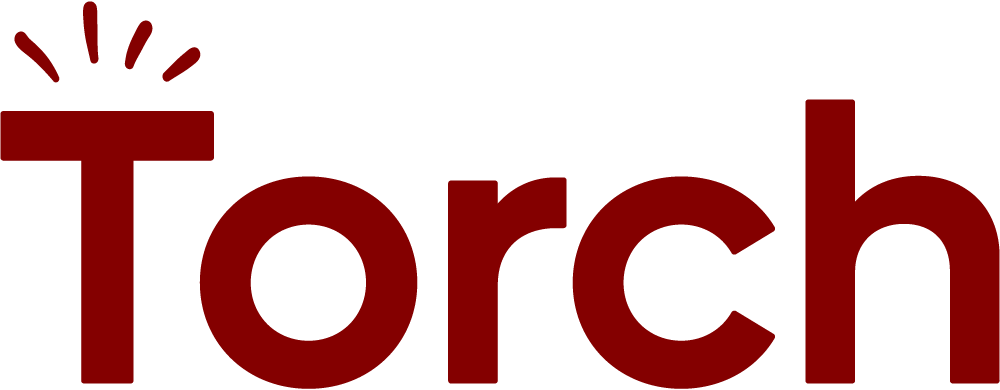Let’s be honest, managing a team during good times is a challenge. Throw in economic uncertainty, and it can feel like leading a band of pirates through a hurricane! Your leaders need to be coordinated, agile, and able to make tough decisions quickly. They need to be able to rally their teams, inspire innovation, and navigate change with grace under pressure.
Here’s a taste of the skills your leaders need to be honing right now
- Strategic Decision-Making: In uncertain times, every decision carries extra weight. Leaders need to be able to analyze complex information, weigh risks and rewards, and make sound choices that move the team forward.
- Communication: Clear, consistent communication is crucial during any period of change, but especially during economic uncertainty. Your leaders need to be able to keep their teams informed, motivated, and feeling valued.
- Change Management: Economic downturns often necessitate change. Leaders need the skills to effectively manage change initiatives, minimize disruption, and ensure everyone feels supported throughout the process.
- Create Alignment: Goals must be clear, and everyone needs to understand how their role contributes to the bigger picture. This laser focus keeps everyone moving in the right direction.
- Move with Speed: Agility is crucial in a fast-changing environment. Leaders need to be able to make quick decisions, adapt strategies on the fly, and get things done efficiently.
- Employee Engagement: When times are tough, employee morale can suffer. Leaders who have invested in their development skills can create a supportive and motivating environment, keeping their teams engaged and productive.
Think of leadership development as equipping your leaders with a leadership toolkit full of essential skills. These skills will help them navigate any situation, like economic uncertainty,–and steer their teams toward success.
The Training vs. Coaching Showdown: Why Coaching Wins Every Time
Okay, so you’re convinced leadership development is important. But with a tight budget, you might be wondering, “Isn’t a one-size-fits-all training program good enough?” The answer is a resounding NO!
Here’s why coaching is the real game-changer:
Let’s face it, training is like handing someone a map. Coaching is like getting in the car with them, helping them navigate the twists and turns, and ensuring they reach their destination.
The Coaching Advantage: Why Coaching is Your Secret Weapon
When it comes to leadership development, coaching offers a powerful and cost-effective solution. Think of a coach as a personal trainer for your leadership skills. They provide personalized guidance, support, and accountability, helping leaders identify their strengths and weaknesses, develop action plans, and overcome challenges.
But here’s the thing: leadership development through coaching isn’t an expense, it’s an investment. Here’s why:
The L&D Budget Blues: Busting Myths and Making it Work
We hear you loud and clear. Budget cuts are a reality, and L&D programs often end up on the chopping block. But here’s the thing: leadership development isn’t a luxury, it’s a necessity. And the good news is, there are ways to make it work even with limited resources.
Want to discuss how coaching can help you achieve your organizational goals? Reach out! We’re happy to discuss–click here to get in touch.

